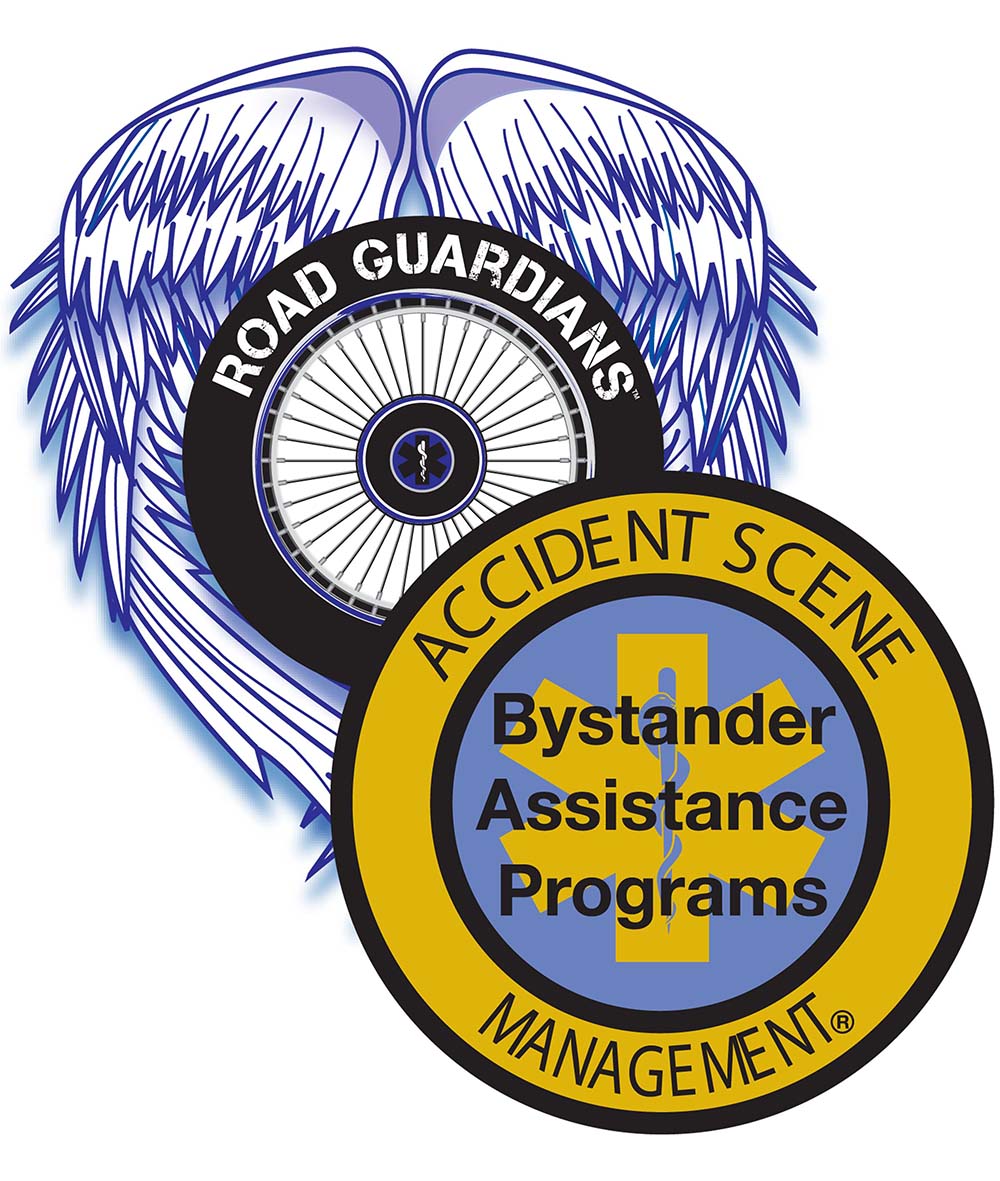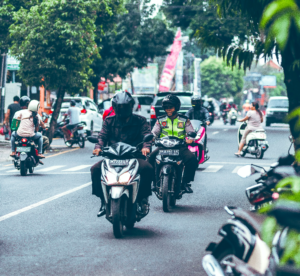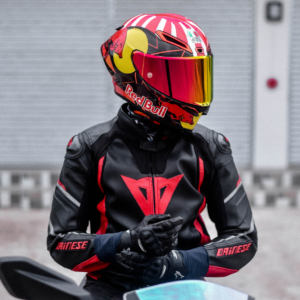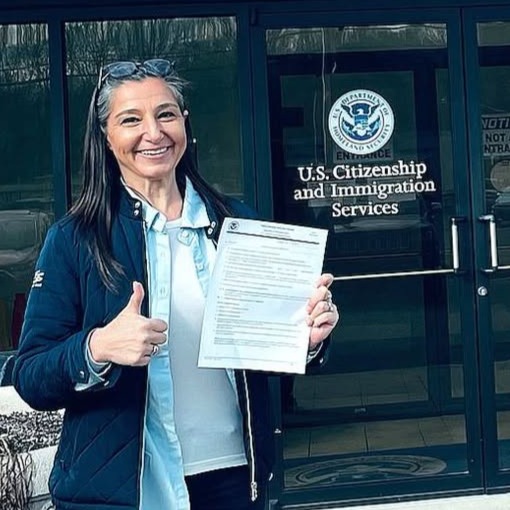
Riding a motorcycle can be a thrilling and enjoyable experience, but it also comes with certain risks and challenges. Motorcycles are smaller and less noticeable than cars or trucks, which makes them more vulnerable to collisions and accidents. According to the National Highway Traffic Safety Administration, motorcyclists are 28 times more likely to die in a crash than passenger car occupants. Therefore, it is crucial for motorcyclists to ride defensively and make themselves visible to other road users at all times.
One of the most important aspects of motorcycle safety is choosing your lane position wisely. Your lane position can affect your visibility, your ability to avoid hazards, and your communication with other drivers. You should avoid riding in the blind spots of other vehicles, as they may not see you when they change lanes or turn. You should also avoid riding too close to the center line, as you may encounter debris, oil, or oncoming traffic. You should position yourself in the part of the lane that gives you the best view of the road ahead and the most space to maneuver.
Another way to increase your visibility is by using your headlights and turn signals. You should always turn on your headlights, even during the day, as they can make you more noticeable to other drivers. You should also use your turn signals whenever you plan to change lanes or direction, as they can alert other drivers of your intentions. You should also use hand signals as a backup, in case your turn signals are not working or are not visible enough.
Additionally, you should wear bright colors and reflective materials when riding a motorcycle. You should choose clothing and gear that contrast with your surroundings and make you stand out. For example, you can wear a fluorescent yellow or orange jacket, a white or silver helmet, or a reflective vest. You can also add reflective tape or stickers to your bike, helmet, or clothing. These items can enhance your visibility in low-light or poor-weather conditions, such as dawn, dusk, rain, or fog.
Finally, you should share the road with other vehicles and respect their rights and responsibilities. You should follow the same rules and laws as other drivers, such as obeying traffic signs and signals, keeping a safe distance, and yielding the right-of-way when appropriate. You should also be courteous and cooperative with other road users, such as signaling your gratitude when someone lets you pass, or waving your apology when you make a mistake. By being polite and respectful, you can foster a positive image of motorcyclists and reduce road rage incidents.
By following these tips, you can improve your motorcycle safety and enjoy your ride more. Remember, being seen is being safe!






